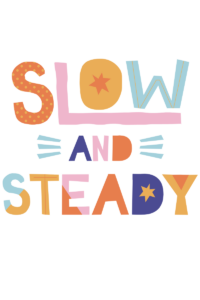Math is everywhere! I recently saw some second-graders in their music class. I was so impressed to see how the students were reading music and connecting it to equations.

So I started wondering what other ways are music and math connected? Music has counting, rhythm, scales, intervals, symbols, harmonies, time signatures, overtones, tone, pitch.
In short, math is patterns and music is patterns made in sound.
Music is based on mathematical relationships. With this being well known through research, I found it interesting that in schools there are a lot of students who sign up for a band, orchestra, and chorus but many of those same students don’t like math. Why is that?
As teachers are we connecting these two topics in our classroom or leaving it for the special area teacher to address?
Incorporate some music activities in your classrooms, especially in the earlier grades. No, that doesn’t mean you now have to learn how to play an instrument or start composing. Reach out to the music specialist in your school and find out how the notes and numbers work. They may be able to share some resources you could use in your classroom.
For more resources check out the following:

